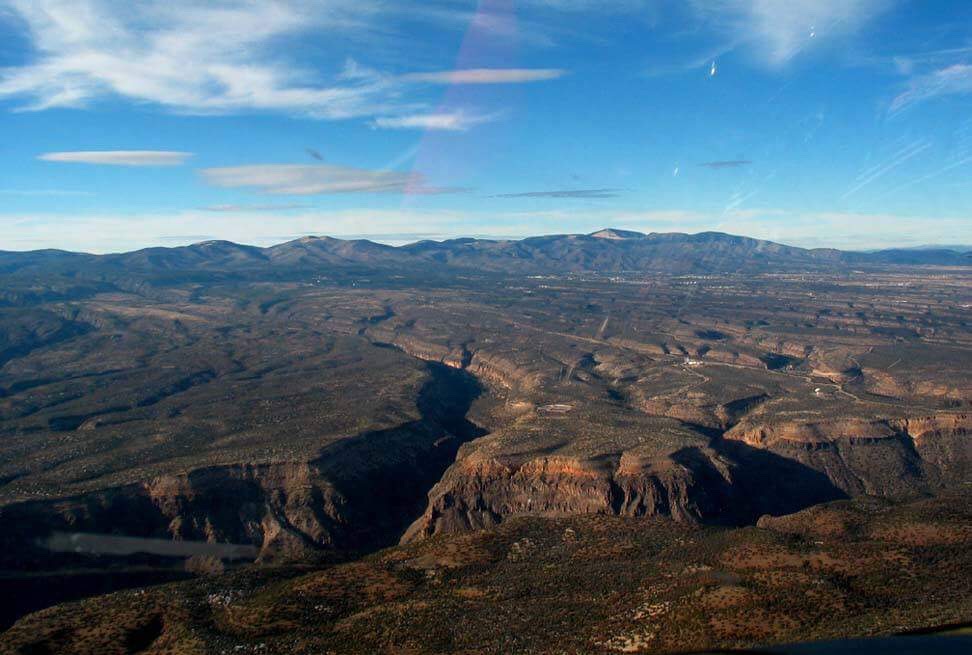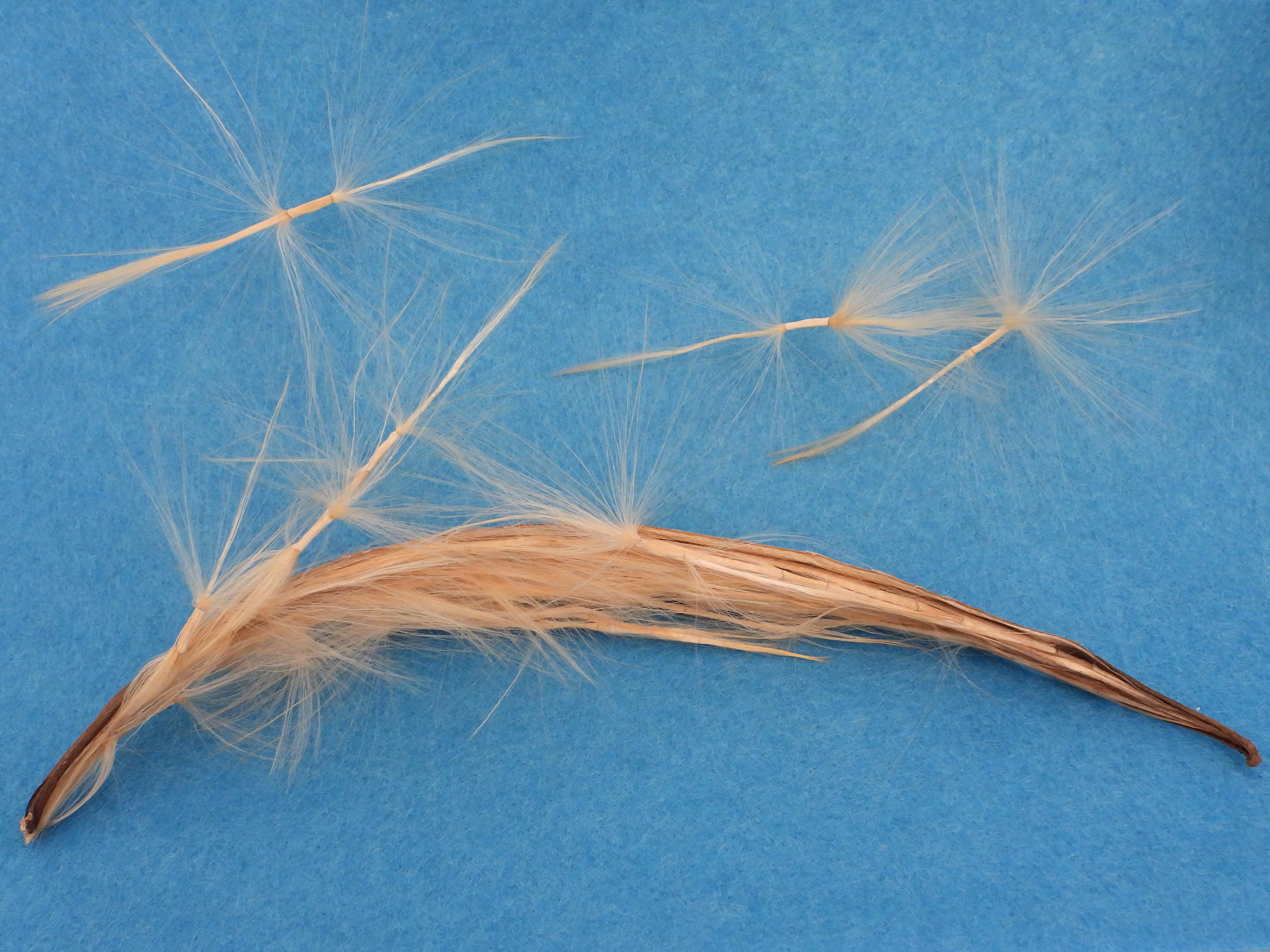|
Diksam Plateau
The Diksam Plateau or Dixam Plateau () is a limestone plateau in Socotra, Yemen. The ''Firmihin forest'', located east of the ''Dirhur canyon'' within the plateau, has the highest concentration of Dracaena cinnabari, Dragon's Blood Trees on the entire island. Description The Diksam Plateau is an extensive area located near the geographic center of Socotra between the Hajhir Mountains and the southern coastal plain. Situated about 700 m above sea level, the plateau is home to herdsmen, named ''Bedouin'', who move from one site to another with their herds. They live in a high number of tiny villages scattered across the plateau, reflecting extensive pastoralism, on which their inhabitants are dependent. Wadi ''Dirhu'' or ''Daerh'' is a north–south running gorge dropping 700 m vertically from the plateau to the valley floor. The wadi is home of large stands of ''Adenium obesum'' and ''Dendrosicyos socotranus''. The largest and most extensive population of Dragon's Bloo ... [...More Info...] [...Related Items...] OR: [Wikipedia] [Google] [Baidu] |
Plateau
In geology and physical geography, a plateau (; ; : plateaus or plateaux), also called a high plain or a tableland, is an area of a highland consisting of flat terrain that is raised sharply above the surrounding area on at least one side. Often one or more sides have deep hills or escarpments. Plateaus can be formed by a number of processes, including upwelling of volcanic magma, extrusion of lava, and erosion by water and glaciers. Plateaus are classified according to their surrounding environment as intermontane, piedmont, or continental. A few plateaus may have a small flat top while others have wider ones. Formation Plateaus can be formed by a number of processes, including upwelling of volcanic magma, extrusion of lava, plate tectonics movements, and erosion by water and glaciers. Volcanic Volcanic plateaus are produced by volcanic activity. They may be formed by upwelling of volcanic magma or extrusion of lava. The underlining mechanism in forming p ... [...More Info...] [...Related Items...] OR: [Wikipedia] [Google] [Baidu] |
Socotra
Socotra, locally known as Saqatri, is a Yemeni island in the Indian Ocean. Situated between the Guardafui Channel and the Arabian Sea, it lies near major shipping routes. Socotra is the largest of the six islands in the Socotra archipelago as it comprises around 95% of the landmass of the archipelago. It lies south of the Arabian Peninsula and east of the Horn of Africa. The inhabitants of the island are called Soqotri people, Socotrans, and they speak Arabic and Soqotri language, Soqotri. Socotra is home to a high number of unique species that are endemism, endemic to it. Up to a third of its plant life is unique. Due to the island's unusual geography, it has been described as "the most alien-looking place on Earth". The island measures in length and across at its widest. In 2008, Socotra was recognised as a UNESCO World Heritage Site. The island is under the control of the Southern Transitional Council (STC), a United Arab Emirates-backed, pro-Presidential Leadership Co ... [...More Info...] [...Related Items...] OR: [Wikipedia] [Google] [Baidu] |
Limestone
Limestone is a type of carbonate rock, carbonate sedimentary rock which is the main source of the material Lime (material), lime. It is composed mostly of the minerals calcite and aragonite, which are different Polymorphism (materials science), crystal forms of calcium carbonate . Limestone forms when these minerals Precipitation (chemistry), precipitate out of water containing dissolved calcium. This can take place through both biological and nonbiological processes, though biological processes, such as the accumulation of corals and shells in the sea, have likely been more important for the last 540 million years. Limestone often contains fossils which provide scientists with information on ancient environments and on the evolution of life. About 20% to 25% of sedimentary rock is carbonate rock, and most of this is limestone. The remaining carbonate rock is mostly Dolomite (rock), dolomite, a closely related rock, which contains a high percentage of the mineral Dolomite (mine ... [...More Info...] [...Related Items...] OR: [Wikipedia] [Google] [Baidu] |
Plateau
In geology and physical geography, a plateau (; ; : plateaus or plateaux), also called a high plain or a tableland, is an area of a highland consisting of flat terrain that is raised sharply above the surrounding area on at least one side. Often one or more sides have deep hills or escarpments. Plateaus can be formed by a number of processes, including upwelling of volcanic magma, extrusion of lava, and erosion by water and glaciers. Plateaus are classified according to their surrounding environment as intermontane, piedmont, or continental. A few plateaus may have a small flat top while others have wider ones. Formation Plateaus can be formed by a number of processes, including upwelling of volcanic magma, extrusion of lava, plate tectonics movements, and erosion by water and glaciers. Volcanic Volcanic plateaus are produced by volcanic activity. They may be formed by upwelling of volcanic magma or extrusion of lava. The underlining mechanism in forming p ... [...More Info...] [...Related Items...] OR: [Wikipedia] [Google] [Baidu] |
Yemen
Yemen, officially the Republic of Yemen, is a country in West Asia. Located in South Arabia, southern Arabia, it borders Saudi Arabia to Saudi Arabia–Yemen border, the north, Oman to Oman–Yemen border, the northeast, the south-eastern part of the Arabian Sea to the east, the Gulf of Aden to the south, and the Red Sea to the west, sharing maritime boundary, maritime borders with Djibouti, Eritrea, and Somalia across the Horn of Africa. Covering roughly 455,503 square kilometres (175,871 square miles), with a coastline of approximately , Yemen is the second largest country on the Arabian Peninsula. Sanaa is its constitutional capital and largest city. Yemen's estimated population is 34.7 million, mostly Arabs, Arab Muslims. It is a member of the Arab League, the United Nations, the Non-Aligned Movement and the Organisation of Islamic Cooperation. Owing to its geographic location, Yemen has been at the crossroads of many civilisations for over 7,000 years. In 1200 BCE, the Sab ... [...More Info...] [...Related Items...] OR: [Wikipedia] [Google] [Baidu] |
Dracaena Cinnabari
''Dracaena cinnabari'', the Socotra dragon tree or dragon blood tree, is a dragon tree native to the Socotra archipelago, part of Yemen, located in the Arabian Sea. It is named after the blood-like color of the red sap that the trees produce. It is considered the national tree of Yemen. A related tree of similar appearance, the drago, ''Dracaena draco'', grows in the Canary Islands, more than 7000 km from Socotra. Description The dragon blood tree has an upturned, densely packed crown. This evergreen species is named after its dark red resin, which is known as "dragon's blood". Unlike most monocot plants, ''Dracaena'' displays secondary growth, ''D. cinnabari'' even has growth zones resembling tree rings found in dicot tree species. Along with other arborescent ''Dracaena'' species it has a distinctive growth habit called "dracoid ". Its leaves are found only at the end of its youngest branches; its leaves are all shed every three or four years as new leaves simultan ... [...More Info...] [...Related Items...] OR: [Wikipedia] [Google] [Baidu] |
Hajhir Mountains
The Hajhir massif is a mountain range situated on the island of Socotra, Yemen. It is the highest point of the island. Geography The granite spires of the Hajhir massif are located in the hinterland of Socotra and are most easily accessed via the valley approaches north of the coastal town of Hadibo. The highest point of the range is the peak of Mashanig which lies at approximately above sea level. Other peaks of local prominence include Girhimitin, Hazrat Muqadriyoun and Herem Hajhir. Etymology The name "Hajhir" ( Soqotri: ), sometimes transliterated as "Hagghier" or "Hagher" in English, likely derives from the Arabic "ḥijr" (, meaning "stone"). Other possible origins of the range's name include the word "hajar" (, meaning "to flee"). The name "Mashanig" (Soqotri: , meaning "the split one"), likely derives from the Arabic verb "inshaq" (, meaning "to split"), from which one gets the word "munshuq" (, meaning "splittist"). Climbing history Bedouin goatherds have a long hist ... [...More Info...] [...Related Items...] OR: [Wikipedia] [Google] [Baidu] |
Pastoralism
Pastoralism is a form of animal husbandry where domesticated animals (known as "livestock") are released onto large vegetated outdoor lands (pastures) for grazing, historically by nomadic people who moved around with their herds. The animal species involved include cattle, camels, goats, yaks, llamas, reindeer, horses, and sheep. Pastoralism occurs in many variations throughout the world, generally where environmentally effected characteristics such as aridity, poor soils, cold or hot temperatures, and lack of water make crop-growing difficult or impossible. Operating in more extreme environments with more marginal lands means that pastoral communities are very vulnerable to the effects of global warming. Pastoralism remains a way of life in many geographic areas, including Africa, the Tibetan plateau, the Eurasian steppes, the Andes, Patagonia, the Pampas, Australia and many other places. , between 200 million and 500 million people globally practiced pa ... [...More Info...] [...Related Items...] OR: [Wikipedia] [Google] [Baidu] |
Adenium Obesum
''Adenium obesum'', more commonly known as a desert rose, is a poisonous species of flowering plant belonging to the tribe Nerieae of the subfamily Apocynoideae of the Apocynum, dogbane family, Apocynaceae. It is native plant, native to the Sahel regions south of the Sahara (from Mauritania and Senegal to Sudan), tropical and subtropical eastern and southern Africa, as well as the Arabian Peninsula. Other names for the flower include Sabi star, kudu, mock azalea, and impala lily. ''Adenium obesum'' is a popular houseplant and bonsai in temperateness, temperate regions. Description It is an evergreen or drought-deciduous Succulent plant, succulent shrub (which can also lose its leaves during cold spells, or according to the subspecies or cultivar). It can grow to in height, with pachycaul (disproportionately large) stems and a stout, swollen basal caudex (a rootstock that protrudes from the soil). The leaf, leaves are spirally arranged, clustered toward the tips of the shoots, s ... [...More Info...] [...Related Items...] OR: [Wikipedia] [Google] [Baidu] |
Dendrosicyos Socotranus
''Dendrosicyos'' is a monotypic genus in the plant family Cucurbitaceae. The only species is ''Dendrosicyos socotranus'', the cucumber tree. The species is endemic to the island of Socotra in Yemen, and is the only species in the Cucurbitaceae to grow in a tree form. The species name was originally spelled ''D. socotrana'', but this is corrected to masculine grammatical gender according to the International Code of Nomenclature for algae, fungi, and plants. Features It has a bulbous trunk and a small crown. It was first described by Isaac Bayley Balfour in 1882. A recent molecular phylogenetic analysis of the family Cucurbitaceae found that the ''Dendrosicyos'' lineage is about twice as old as the island, and thus seems to be an island relic of a progenitor lineage that became extinct on the mainland. The leaves are nearly round, covered with fine bristles, and slightly toothed. The yellow flowers (3 cm), males and females are present on the same plant for cross pollinatio ... [...More Info...] [...Related Items...] OR: [Wikipedia] [Google] [Baidu] |






